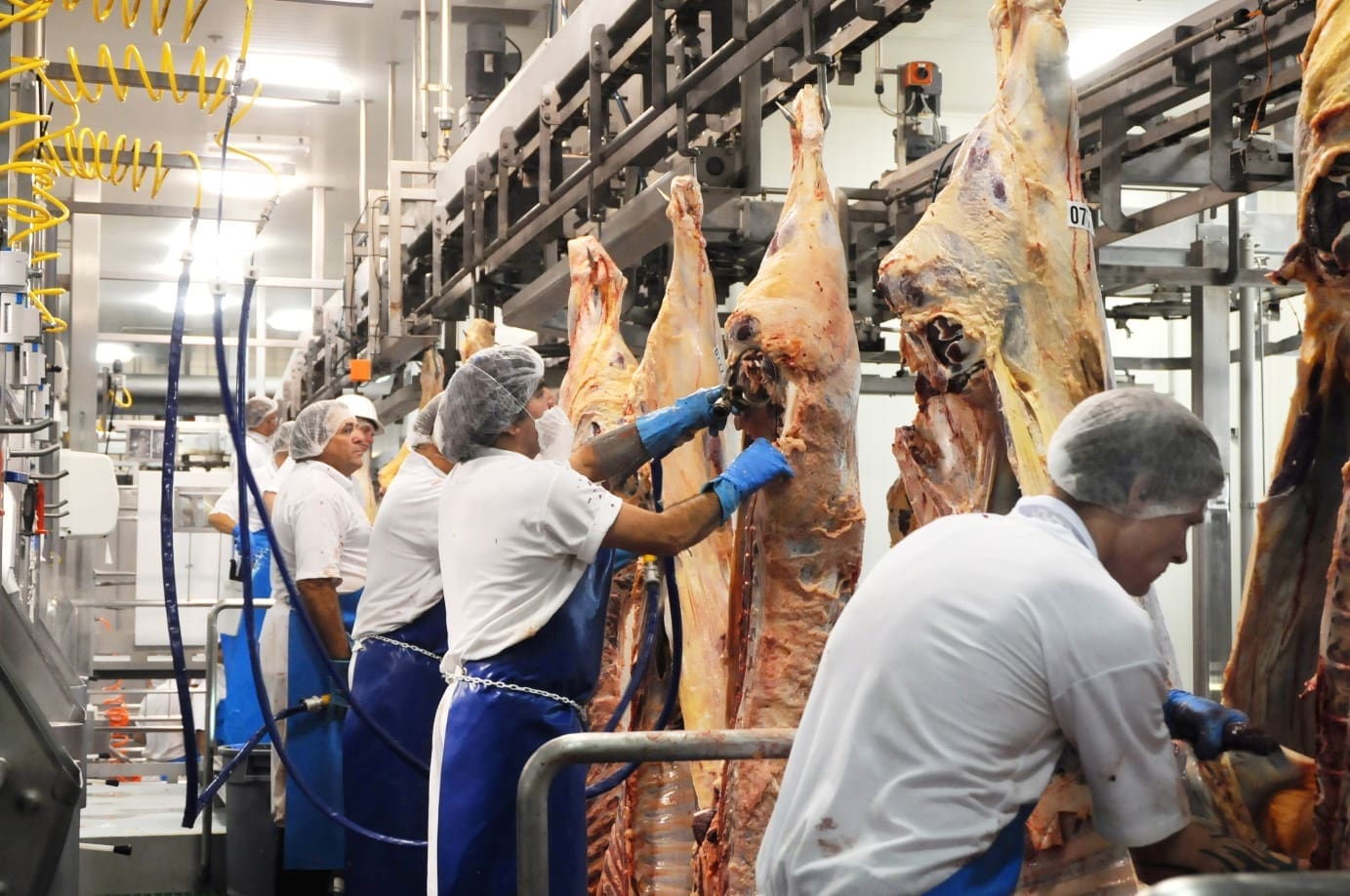THE recent video exposé of seven abattoirs in Queensland by animal activist group The Farm Transparency Project has once again placed the livestock industry under scrutiny.

While activist campaigns like Shut Down Slaughterhouses aim to undermine the sector, the real issue for industry stakeholders is not the activism itself, but the inconsistency in regulations, operational challenges, and data collection gaps that impact abattoir standards across Australia.
Addressing these risks is critical not just for public perception, but for maintaining best practices and ensuring the long-term sustainability of the sector.
Defining animal welfare in processing facilities
Before delving into industry risks, it is essential to establish a working definition of animal welfare.
Simply put, animals can experience pain, fear, stress, and distress, but they can also experience positive states such as comfort and security. At the end of an animal’s life, opportunities for positive experiences are limited, making it even more critical that we mitigate stress and suffering through infrastructure, handling practices, and training.
Slaughter facilities face inherent challenges due to the nature of their operations. The introduction of new environments, unfamiliar sounds, lighting changes, and altered social groupings can be stressful for livestock.
The industry’s responsibility is to mitigate these stressors, ensuring best practices are applied consistently across all facilities.
Three Key Risks Facing the Industry
The public’s disconnection from meat production
One of the greatest challenges the meat industry faces is consumer perception. Many people, both urban and rural, prefer not to think about the realities of meat production, which complicates discussions around ethical slaughter.
Transparency can be a double-edged sword—while openness fosters trust, any failure at a single facility impacts the perception of all. This reinforces the need for industry-wide accountability and proactive communication around animal welfare improvements.
The divide in regulatory standards
Australia’s abattoir sector operates under two different regulatory structures:
- Domestic abattoirs which service the local market or pet-food industry are regulated by individual state governments, resulting in inconsistencies nationwide. These facilities are not required to meet uniform standards or adopt voluntary certification schemes like the Australian Animal Welfare Certification System (AAWCS).
- Export abattoirs, which are generally AAWCS accredited as part of their export licensing and subject to higher oversight, including mandatory CCTV monitoring and regular audits by AusMeat. While these facilities operate at a higher standard, their increased throughput can also present additional animal welfare risks.
This “tale of two standards” creates discrepancies in how abattoirs are compared, as regulatory requirements, operational capacities, and livestock classes vary significantly.
The lack of a national benchmark for domestic abattoirs means that industry reputation is often judged by the lowest-performing facilities.
Data gaps in livestock welfare monitoring
While Australia leads the world in eating quality and carcase grading, the industry remains underdeveloped in pre-slaughter welfare data collection.
Current industry metrics primarily focus on mortality rates, offering little insight into handling practices and welfare conditions before slaughter. Part of the reason for this is the cost associated with having personnel manually collect this data through direct observation and reporting on what they find.
This is where technology presents an opportunity. AI-driven monitoring systems, currently being implemented in several Australian abattoirs, can automate data collection through CCTV and sensors.
These systems provide real-time reporting and insights into handling practices, enabling targeted interventions and training based on actual risk areas rather than routine compliance activities. More precise data collection will be key to improving welfare outcomes and maintaining public trust.
Looking ahead: Industry-led solutions
Will groups like The Farm Transparency Project ever accept the industry’s improvements? Likely not. However, the livestock sector does not operate to appease activists—it operates to feed people and ensure high standards in meat production.
The seven abattoirs exposed in the investigation will now face scrutiny from their respective regulators.
Those that have systems in place for monitoring, identifying, and addressing animal welfare concerns have little to fear. They will be investigated, but if they can provide data showing that these incidents were anomalies—or better yet, that they had already identified and corrected the issues – they are unlikely to face serious repercussions. However, the broader industry impact is reputational, reinforcing the need for continued transparency and proactive welfare management.
The path forward is clear: industry players must demonstrate their commitment to best practices through data-driven decision-making, continuous improvement, and transparent communication.
By proactively addressing risks and inconsistencies, abattoirs can strengthen consumer trust while maintaining operational excellence. The adoption of AI and advanced welfare monitoring will play a crucial role in this process, ensuring that high standards are met and exceeded across the entire industry.
 Author, veterinarian Dr Michael Patching, is chief executive officer of Impetus Animal Welfare. He was previously employed as live export market development manager with MLA. He consults widely in the production animal welfare field, and writes a monthly Southeast Asia report for Beef Central.
Author, veterinarian Dr Michael Patching, is chief executive officer of Impetus Animal Welfare. He was previously employed as live export market development manager with MLA. He consults widely in the production animal welfare field, and writes a monthly Southeast Asia report for Beef Central.

Thanks for your article Michael. It makes sense.
For most Australians their meat arrives at the supermarket, they have no real deal of how it is processed. The old days are gone where animal welfare isn’t a consideration. It’s not a pretty sight to see cattle stunned and stuck. The employees in the industry really need to understand that there is always a chance that someone with a camera to capture cruelty. The minority will always damage the reputation of the majority.